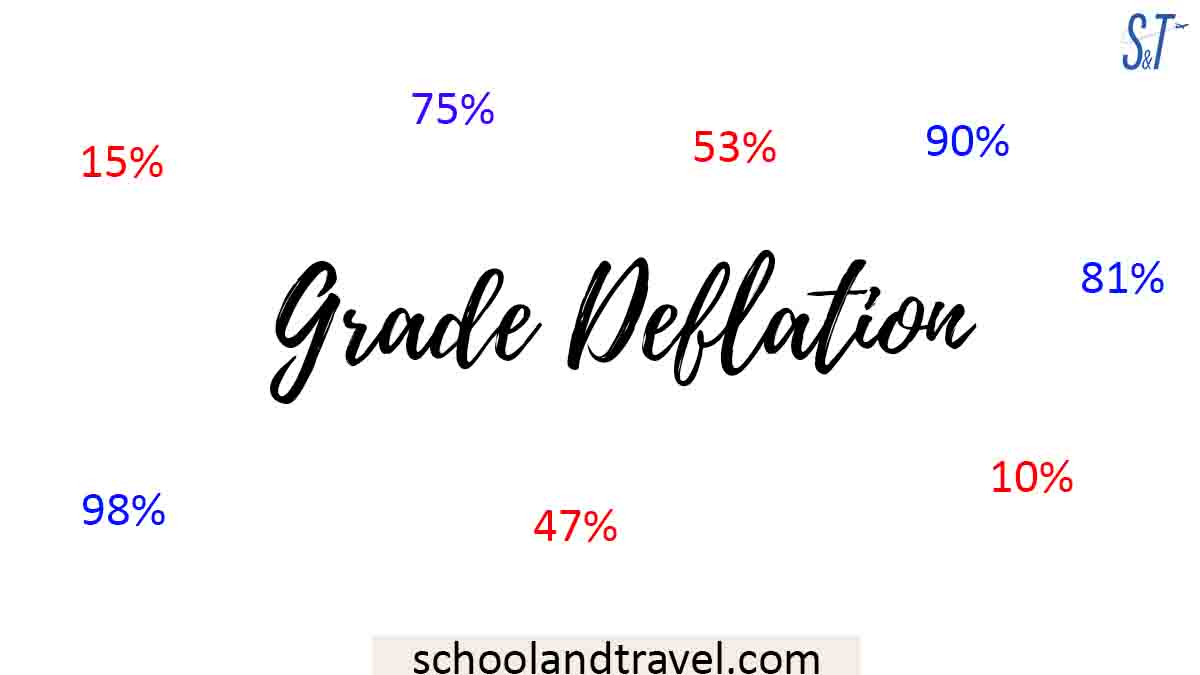Once you mention “Articulation Agreement” in a community college, most students will smile and give it thumbs up. This is because it’s the primary route to getting into a university or a four-year college.
Most students in the United States get into a four-year college after going through community college due to some admission issues or not getting their university requirements at the initial stage.
On the other hand, when they are done with community college and want to go into a four-year college, they need an agreement between the community college and the four-year college.
This agreement entails the transfer of credits and Program-to-Program Chart; such agreement is called “Articulation Agreement.”
What is Articulation Agreement?
Articulation Agreement is a legal partnership between a community college and a four-year college to help students move into a four-year college, easily retain all the rights and support the transfer success.
Also known as “transfer agreements or transfer guides,” it provides all the required guides and formats needed, coupled with the course requirements. Although not all community colleges offer this form of agreement, most do, and the pattern varies in states and institutions.
In a simpler term, Articulation Agreement means that all the classes you took in community college will be accepted in a four-year college or university.
The agreement entails the right college for a specific course and thrives on creating an understanding between the two schools to benefit the student.
Details of Articulation Agreement:
The endpoint of the Articulation Agreement is a seamless transfer of a student to continue an academic career. During the transfer, some documents and details are signed and taken into consideration to ensure that the students enjoy full rights as a university student. The agreement should include:
Acceptance of transfer Credits:
The transfer credits are overall scores acquires in the community college, which will be required towards graduation in the four-year college or University.
The credits are the courses you have already taken, and you want to transfer to the new college so that you won’t retake them. Also, the community college’s academic course requirements should be in line with that of the new college.
Read this: Difference between College and University (Well Explained)
Qualification for Scholarship programs:
The agreement entails that the student is eligible to gain a scholarship and study any course at all. The scholarship will reduce the fees and expenses for the student.
On the other hand, the agreement provides a scholarship section for a specific GPA, which implies that a student can gain a scholarship if he/she graduated with a high GPA.
Assured Admission into University or College:
The agreement entails that the student will be admitted into the required four-year college if all the requirements are met, and the student wishes to study in the four-year college or University.
Some of the primary admission requirements include getting above a specific cumulative GPA and completing your associate degree in the community college. A large percentage of transfer agreements offer guaranteed admission if the student hits the required admission criteria.
One of the significant admission criteria is the Program-to-Program Chart; the Program-to-Program Chart is a chart that indicates if the course you want to study in the four-year college aligns with the course you learned in the community college. For instance, if you have an associate degree in Chemistry and go for a bachelor’s degree in Chemistry, it will align.
The Program-to-Program Chart will help you align the right course and help you know some of the courses you need to study a desired major in the four-year college.
Read this: Degree vs Major – The major difference
Programs that offer Articulation Agreement
Community colleges use the articulation agreement to help students in technical programs like:
- Associates of Science (AS),
- Associate of Fine Arts (AFA), and
- Associate of Applied Science (AAS)
How to start the Process:
Articulation Agreements differ between states and community colleges. The first step is to get in touch with your academic advisor, who will direct you on the agreement’s terms and conditions.
The transfer agreements of Massachusetts community colleges differ from that of California community colleges and also that of Florida community colleges.
Articulation Agreement
Community college students find it easier to get into their desired universities with the Articulation Agreement between the two schools.
Although sometimes that agreement doesn’t determine guaranteed admission(if the student didn’t meet the admission requirement), it’s a significant leap when applying for a high institution with an associate’s degree.
Awesome one, I hope this article answered your question.
Read this: Baccalaureate Degree: Everything you need to know





